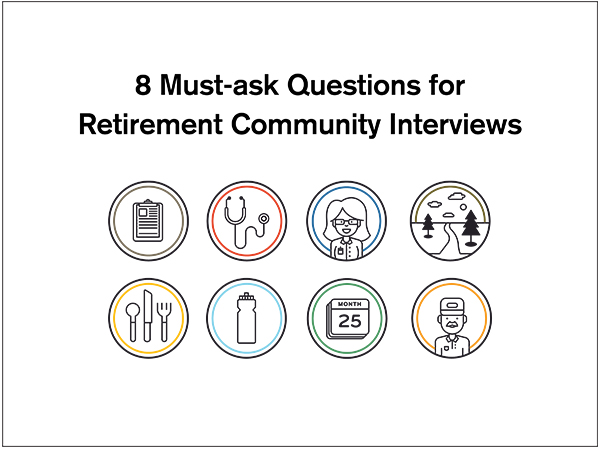Uncategorized
No featured image available.
The widespread devastation caused by Wildfires in and around Los Angeles this winter has placed wildfire preparation top of mind for people living in wildfire zones in California and other areas across the United States. Wildfires can spark without warning from a variety of causes, both man-made or natural and frequently spread at an extremely rapid pace.
Often, evacuation to a safe zone is the best or only option for those in the path of a fire. To prepare for evacuation in a fire zone, there are several things you should do ahead of time, like packing a bag with essential supplies like food, water, medications, important documents, a change of clothes, and pet supplies.
For individuals living in a retirement community, you have the benefit of community organized emergency preparedness plans and much of the work of home and yard fire mitigation is managed for you.
Paradise Valley Estates utilizes an annual program for removing over-growth that includes a “goat program” for instance. Goats are used in most of the Bay Area to clear the brush to reduce the fire hazard and make the parks more usable for the public. PVE received permission from the Nature Conservancy to do the same.
Even if you do live in a community setting, it is important to do your part to make sure you are ready in case of emergency. Check out the list included below for some ideas on ways to make sure you are prepared.
Key points to include in your preparation:
Create a “Go Bag”:
- Essentials: 3-day supply of non-perishable food, 3 gallons of water per person, necessary medications, first-aid kit, copies of important documents (passport, birth certificates, insurance papers), cash, credit cards, extra phone chargers, flashlight, battery-powered radio.
- Clothing: Change of clothes, sturdy shoes, hat, gloves
- Pet supplies: Food, water, leash, carrier, pet medications
Vehicle Preparation:
- Make sure your vehicle has a full tank of gas
- Keep an emergency first aid kit in your trunk that includes protective clothing, masks (N95, KN95, P100 are good options) and a fire blanket.
- Keep a fire extinguisher in your trunk
- Review your vehicle insurance policy to make sure your vehicle is covered against wildfire damage.
- Paper maps in case of loss of cell service or other electronic navigation aids.
Evacuation Plan:
- Multiple routes: Identify at least two different evacuation routes from your home, considering potential road closures.
- Meeting place: Designate a safe meeting point outside your neighborhood where everyone can gather if separated.
- Communication: Ensure everyone in your household knows how to contact each other and emergency services.
Staying Informed:
- Local alerts: Sign up for emergency notifications from your local authorities
- Weather updates: Monitor weather forecasts for potential fire risks
What to do when an evacuation order is issued:
- Leave immediately: Do not wait until the last minute to evacuate.
- Follow designated routes: Stick to the prescribed evacuation routes
- Secure your home: Close windows and doors, turn off appliances, and consider shutting off gas valves
- Check on neighbors: If possible, check on neighbors to assist with evacuation
Additional Resources:
Categories
Want to receive a monthly round-up of our most popular posts?



